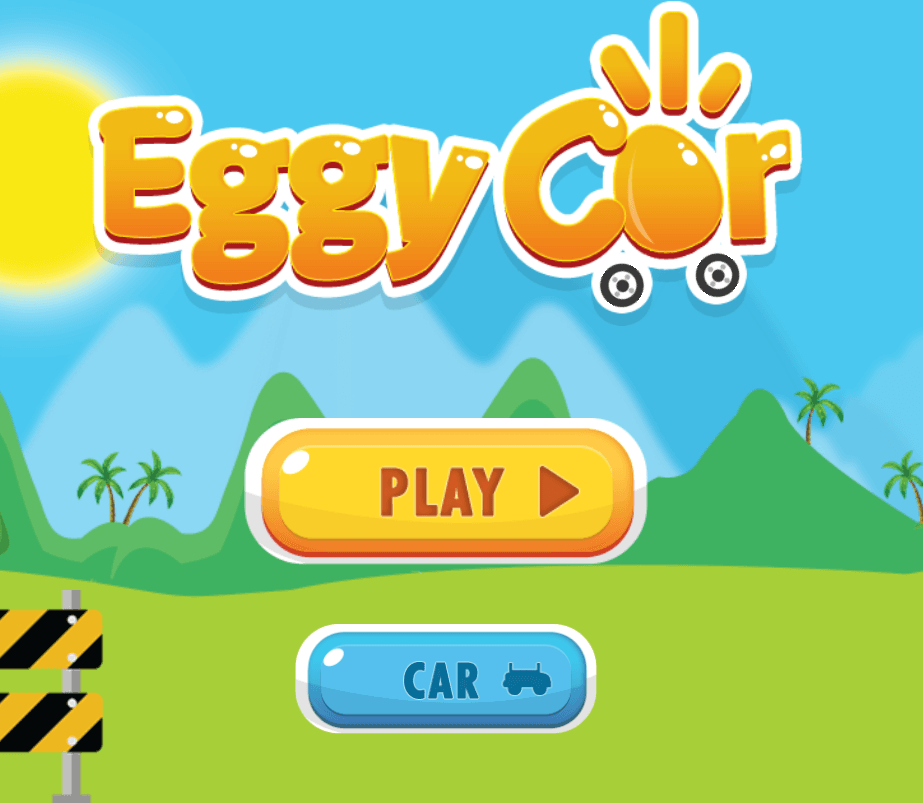

Setting realistic fitness goals and achieving them is a journey that requires dedication, patience, and a well-structured approach. Let’s learn more about this topic below with Eggy Car, as we explore the key steps to success in your fitness journey.
When it comes to embarking on a fitness journey, setting realistic goals is crucial for long-term success. Many people make the mistake of setting overly ambitious targets, leading to frustration and disappointment when they fail to achieve them. By establishing attainable objectives, you create a positive feedback loop that motivates you to continue pushing forward.
Realistic fitness goals take into account your current fitness level, lifestyle, and available resources. They should be challenging enough to inspire growth but not so difficult that they become overwhelming. By setting achievable milestones, you build confidence and maintain momentum throughout your fitness journey.
It’s essential to remember that fitness is a lifelong pursuit, not a quick fix. Sustainable progress takes time and consistency. When you set realistic goals, you’re more likely to stick with your fitness routine and make lasting changes to your lifestyle. This approach allows you to build healthy habits that will serve you well in the long run.
Before setting any fitness goals, it’s crucial to assess your current fitness level accurately. This evaluation provides a baseline from which you can measure your progress and helps you set appropriate targets. There are several ways to assess your fitness level, including:
Physical assessments: These may include measurements of body composition, cardiovascular endurance, strength, and flexibility. You can perform some of these tests at home or seek the help of a fitness professional for more accurate results.
Health screenings: A visit to your healthcare provider can give you valuable insights into your overall health, including blood pressure, cholesterol levels, and other important markers.
Self-evaluation: Reflect on your current activity levels, energy levels throughout the day, and any physical limitations you may have.
By gathering this information, you’ll have a clearer picture of your starting point and can set goals that are both challenging and attainable. Remember that everyone’s fitness journey is unique, and comparing yourself to others is rarely productive. Focus on your personal progress and growth.
Once you have a good understanding of your current fitness level, it’s time to set SMART goals. The SMART acronym stands for Specific, Measurable, Achievable, Relevant, and Time-bound. This framework helps you create well-defined objectives that are more likely to be accomplished.
Your fitness goals should be clear and specific. Instead of saying, “I want to get in shape,” try something like, “I want to be able to run a 5K race without stopping.” The more specific your goal, the easier it is to create a plan to achieve it.
Make sure your goals can be quantified or measured in some way. This allows you to track your progress and stay motivated. For example, “I want to lose 10 pounds in three months” or “I want to increase my bench press by 20 pounds in six weeks.”
While it’s important to challenge yourself, your goals should also be realistic and attainable. Consider your current fitness level, available time, and resources when setting your objectives. It’s better to set smaller, achievable goals and build on them than to aim too high and become discouraged.
Your fitness goals should align with your overall life goals and values. Ask yourself why you want to achieve this particular goal and how it fits into your broader vision for your health and well-being.
Set a specific timeframe for achieving your goals. This creates a sense of urgency and helps you stay focused. Be realistic with your timeline, allowing enough time for progress while maintaining a sense of momentum.
With your SMART goals in place, it’s time to develop a comprehensive action plan to achieve them. This plan should outline the specific steps you’ll take to reach your objectives. Here are some key elements to consider when creating your action plan:
Exercise routine: Design a workout program that aligns with your goals. This may include a combination of cardiovascular exercise, strength training, and flexibility work. Consider seeking guidance from a fitness professional to ensure your routine is safe and effective.
Nutrition plan: Your diet plays a crucial role in achieving your fitness goals. Develop a balanced nutrition plan that supports your objectives, whether it’s weight loss, muscle gain, or improved overall health. Consider consulting with a registered dietitian for personalized advice.
Recovery strategies: Don’t forget to include rest and recovery in your plan. This may involve scheduling rest days, incorporating stretching or yoga sessions, and ensuring you get adequate sleep each night.
Progress tracking: Determine how you’ll measure your progress towards your goals. This could include regular weigh-ins, fitness tests, or progress photos. Choose methods that are relevant to your specific objectives.
Accountability measures: Consider enlisting the support of a workout buddy, joining a fitness class, or working with a personal trainer to help keep you accountable and motivated.
Remember that your action plan should be flexible enough to accommodate life’s unexpected challenges. Be prepared to make adjustments as needed, but always keep your goals in sight.
Even with the best-laid plans, you’re likely to encounter obstacles on your fitness journey. The key to success is anticipating these challenges and developing strategies to overcome them. Here are some common obstacles and tips for staying motivated:
Time constraints: If you struggle to find time for exercise, try breaking your workouts into shorter, more frequent sessions. Look for opportunities to incorporate physical activity into your daily routine, such as taking the stairs instead of the elevator or going for a walk during your lunch break.
Lack of motivation: On days when you’re feeling unmotivated, remind yourself of your goals and why they’re important to you. Visualize how you’ll feel when you achieve them. Sometimes, simply getting started is the hardest part – commit to doing just five minutes of exercise, and you may find the motivation to continue.
Plateau or slow progress: It’s normal for progress to slow down or plateau at times. When this happens, reassess your routine and look for ways to challenge yourself. This might involve increasing the intensity of your workouts, trying new exercises, or adjusting your nutrition plan.
Injuries or setbacks: If you experience an injury or setback, don’t let it derail your entire fitness journey. Focus on what you can do, rather than what you can’t. Work with a healthcare professional or fitness expert to modify your routine and maintain progress in other areas.
Boredom: Keep your fitness routine interesting by trying new activities, joining group classes, or setting new challenges for yourself. Mix up your workouts to target different aspects of fitness and prevent monotony.
Life events: Major life events like moving, changing jobs, or family responsibilities can disrupt your fitness routine. Be flexible and adaptable, focusing on maintaining consistency rather than perfection during these times.
As you progress on your fitness journey, it’s important to acknowledge and celebrate your achievements along the way. Recognizing your progress, no matter how small, can provide a significant boost to your motivation and self-confidence. Here are some ways to celebrate your milestones:
Treat yourself to a non-food reward, such as new workout clothes or fitness equipment.
Share your accomplishments with friends and family who support your goals.
Take a moment to reflect on how far you’ve come and how your efforts have positively impacted your life.
Plan a fun, active outing or adventure to commemorate your progress.
As you reach certain milestones, it’s also a good time to reassess your goals and make adjustments as needed. Your fitness journey is an ongoing process, and your objectives may evolve as you progress. Consider the following when adjusting your goals:
Have you achieved your initial goals? If so, what’s the next level you’d like to reach?
Has your progress been faster or slower than expected? Adjust your timeline accordingly.
Have your priorities or interests changed? Your fitness goals should align with your current lifestyle and aspirations.
Are there new areas of fitness you’d like to explore or improve upon?
Remember that adjusting your goals is not a sign of failure but rather a natural part of the growth process. Be proud of what you’ve accomplished and use that momentum to set new, exciting challenges for yourself.
Achieving your fitness goals is a significant accomplishment, but maintaining your progress over the long term can be equally challenging. Here are some strategies to help you sustain your success:
Make fitness a lifestyle: Instead of viewing your fitness journey as a temporary phase, integrate healthy habits into your daily life. This might involve finding physical activities you genuinely enjoy, making nutritious food choices a regular part of your diet, and prioritizing self-care.